Assessment in physical education is a key accountability measure for both the student and the teacher. The primary goal of assessment should be the enhancement of learning (NASPE, 2004), not an add-on (Nye, Dubay, Gilbert, & Wajciechowski, 2009).
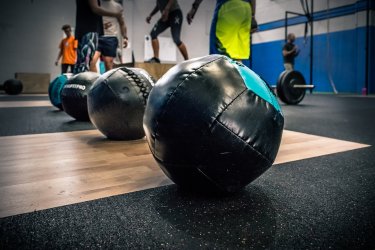
Unfortunately, due to time constraints or uncertainty of the purpose, assessment in many physical education programs is inadequate. Common reasons physical educators do not assess include a) “It takes up too much time.” Teachers may feel they do not have enough time to spend collecting assessment data, when they only see the students for 40 minutes, once a week. b) “I don’t know how.” Teachers might not know how to assess and/or what to assess. c) “It won’t change anything, why even bother.” Teachers might assess and collect data, but do not use it to inform instruction. Fortunately, it has never been easier to collect, organize and save assessment data using technology in physical education. This article highlights two technology resources a physical education teacher can use to collect student data, Kahoot and MetricMe.
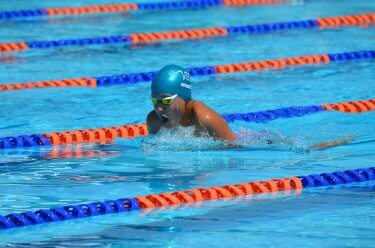
Kahoot
Kahoot is an online platform, in which physical educators can create assessments such as quizzes, polls, and discussions. In addition, Kahoot is interactive and provides an engaging game-based educational platform for students (Kahoot!, 2014). Game-based learning has been used as a best practice approach to engaging students in reviewing class content in various classroom settings (Icard, 2014). To implement a Kahoot quiz in your physical education classroom, consider the following steps:
- Create a Kahoot account: Sign-up is free and takes 30 seconds (https://getkahoot.com/)
- Create a Kahoot Quiz: Ensure that your questions are meaningful, valid and reliable.
- Have a projector hooked up to your laptop or tablet: The Kahoot quiz will need to be projected at the front of the classroom/gym and played by the whole class in real-time.
- Have students utilize a tablet, laptop or student mobile device: Students answer quiz questions using any mobile device, tablet or laptop. An internet connection is required to connect to the Kahoot platform.

Kahoot can be easily customizable for a physical education class to collect formative assessment data. One example of how Kahoot could be used in the physical education setting is to split the class into six groups to share a tablet for a quiz. Each group would be given one tablet, allowing students to work together to answer the quiz questions. First, students will follow simple on-screen instructions to ‘join’ the game. Next, the physical education teacher would project the quiz on a screen, and groups would begin participating in a Kahoot quiz. Kahoot provides real-time feedback, which is a great way to gauge student learning. The physical educator can review quiz content after each question, or at the conclusion of the quiz. If there was a question or multiple questions that a large percentage of the class marked incorrectly, the teacher might consider reviewing each question before moving on.

The opportunities for using Kahoot in physical education are endless. The quiz questions can be multiple-choice, include photos, videos or audio files. Students can work independently or in groups. Each quiz response will be saved under the registered user’s name. All Kahoot quizzes are saved under the user’s profile and can be used again. Consider using Kahoot, as a game-based learning platform, to make learning, reviewing and assessment in your physical education setting fun.
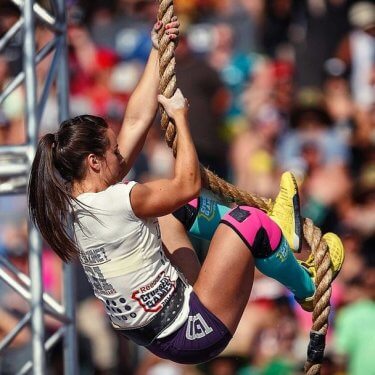
MetricMe: A Daily Health, Workout, Fitness & Exercise Tracker
MetricMe is perfect for physical educators because it was designed for individuals who already know why health and fitness metrics are important but want a simple way to track their progress (MetricMe, 2012). Physical education teachers may struggle to find the time during class to input and interpret student data. The MetricMe app keeps data organized and offers a host of analytics, graphs, and goal setting features to help gauge student success. The app is available on the App Store for iOS devises, such as an iPod, iPhone, iPad. Once the app is downloaded, it can be used without an internet connection and allows users to connect to a Dropbox account. Thus, allowing MetricMe to automatically backup classroom data. Users can export records into a readable, spreadsheet document (CSV). To implement MetricMe in your physical education program, consider the following steps:
- Open a MetricMe Account: Download and create a free account, through the iOS App Store. Students can create their own account and share their data with the physical education teacher, or the teacher can create an account to house all student data.
- Create a routine, workout, or exercises based on the metrics you intend to track. For example, create a weightlifting routine or timed workout.
- Have a technology to capture the data. Students input their own data at the end of the workout through a tablet, laptop, or computer.
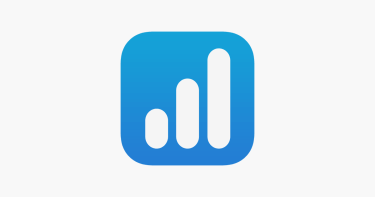
The MetricMe app could be particularly useful for physical education teachers who teach fitness related or weight training classes. This would allow the physical education teacher to have more time providing essential feedback to the learners, rather than spending instructional time collecting student data. Metrics can be created based on the following categories with MetricMe (Table 1).
Table 1: MetricMe Categories
| Bodyweight Exercises | pullups, pushups, handstand pushups… |
| Weightlifting Exercises | bench press, squat, deadlift, power clean… |
| Distance Exercises | running, sprinting, swimming, cycling… |
| Timed Workouts | CrossFit WODs, 5K run, P90X… |
| Timed Rounds | plank holds, boxing rounds |
| Measurements | weight, body fat percentage, waist measurement… |
| Self-Assessments | mood, energy level, sleep quality… |
| AMRAP | as many rounds as possible of a workout in a specified time constraint |
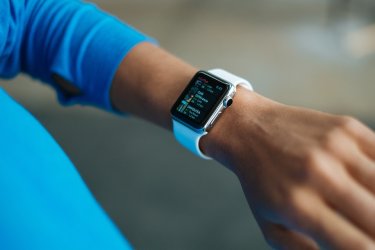
Tips for implementation
Using apps and technology to organize and track student data has never been more accessible and simple for teachers. First, have at least one tablet, laptop or computer available to input data directly into the technology platform, making data organization efficient and effective. Next, spend some time becoming familiar with the selected platform. It is important to identify how to customize and individualize the technology to best-fit the classroom and teaching needs. Dependent upon the class and students, physical education teachers might allow students to input their own data, and teach students how to generate reports, interpret and export the data. By learning how to utilize technology, physical educators can be more effective and efficient in how they assess student learning.
References
Icard, S. B. (2014). Educational technology best practices. International Journal of Instructional Technology and Distance Learning. 11(3), 37-41. Retrieved from http://itdl.org/Journal/Mar_14/Mar14.pdf#page=41
Kahoot! Game-based blended learning & classroom response system. (2014). Retrieved September 30, 2019, from https://getkahoot.com
MetricMe Workout tracker log. (2012). Retrieved September 30, 2019, from https://apps.apple.com/us/app/metricme-daily-health-workout/id532987699
National Association for Sport and Physical Education. (2004). Moving into the future: National standards for physical education (2nd ed.). Reston, VA: Author.
Nye, S., Dubay, C., Gilbert, L., & Wajciechowski, M. (2009). The importance of assessment within physical education. VAHPERD Journal, 30(1), 8-10.
